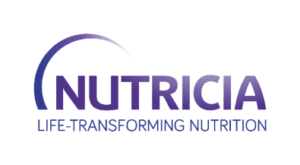Findings from international multicentre cohort studies
Our data suggest that alcohol use during pregnancy is prevalent and socially pervasive in the UK, Ireland, New Zealand and Australia. New policy and interventions are required to reduce alcohol prevalence both prior to and during pregnancy. Further research on biological markers and conventions for measuring alcohol use in pregnancy is required to improve the validity and reliability of prevalence estimates.
by Linda M O’Keeffe (BMJ Open)
ABSTRACT
Objectives : To compare the prevalence and predictors of alcohol use in multiple cohorts.
Design : Cross-cohort comparison of retrospective and prospective studies.
Setting : Population-based studies in Ireland, the UK, Australia and New Zealand.
Participants : 17 244 women of predominantly Caucasian origin from two Irish retrospective studies (Growing up in Ireland (GUI) and Pregnancy Risk Assessment Monitoring System Ireland (PRAMS Ireland)), and one multicentre prospective international cohort, Screening for Pregnancy Endpoints (SCOPE) study.
Primary and secondary outcome measures : Prevalence of alcohol use pre-pregnancy and during pregnancy across cohorts. Sociodemographic factors associated with alcohol consumption in each cohort.
Results : Alcohol consumption during pregnancy in Ireland ranged from 20% in GUI to 80% in SCOPE, and from 40% to 80% in Australia, New Zealand and the UK. Levels of exposure also varied substantially among drinkers in each cohort ranging from 70% consuming more than 1–2 units/week in the first trimester in SCOPE Ireland, to 46% and 15% in the retrospective studies. Smoking during pregnancy was the most consistent predictor of gestational alcohol use in all three cohorts, and smokers were 17% more likely to drink during pregnancy in SCOPE, relative risk (RR) =1.17 (95% CI 1.12 to 1.22), 50% more likely to drink during pregnancy in GUI, RR=1.50 (95% CI 1.36 to 1.65), and 42% more likely to drink in PRAMS, RR=1.42 (95% CI 1.18 to 1.70).



